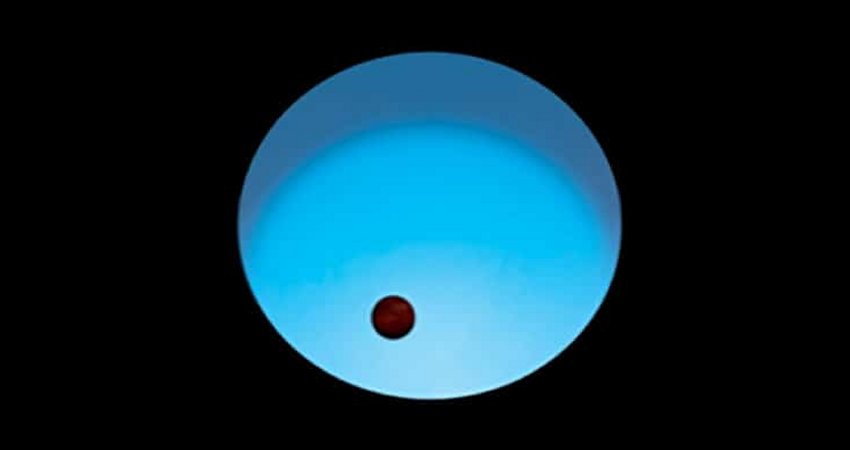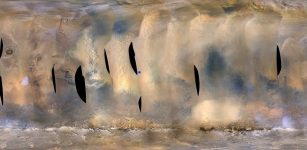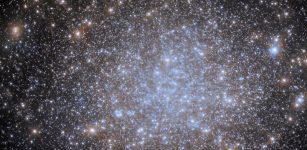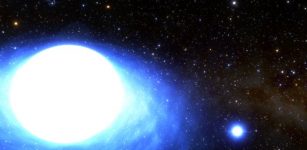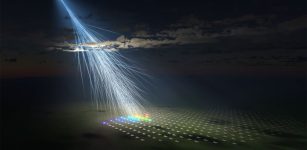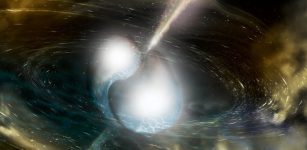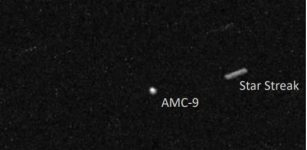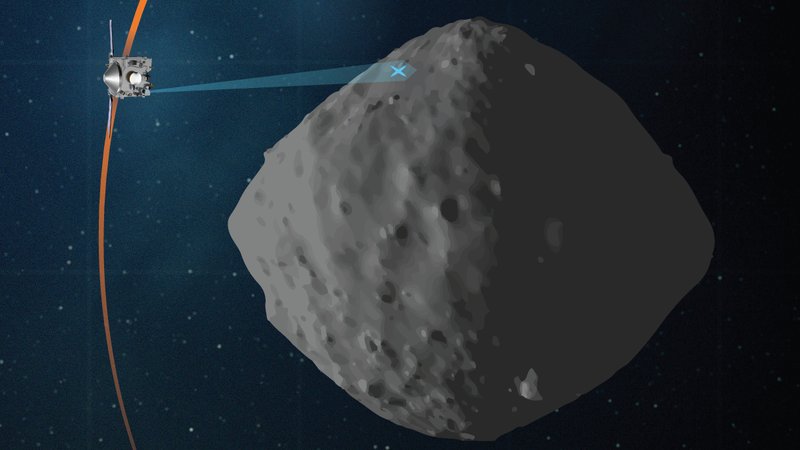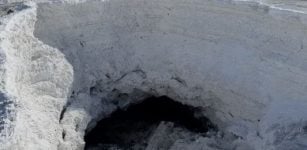First Neutron Star Merger – Captured
Eddie Gonzales Jr. – MessageToEagle.com – An international team led by Northwestern University used Hubble to capture deepest optical image of first neutron star merger. It is the most accurate imaging time-series of GW170817’s visible-light afterglow produced to date.
The resulting image the deepest picture of the neutron star collision’s afterglow to date, and also reveals secrets about the origins of the merger, the jet it created and the nature of shorter gamma-ray bursts.
 An artistic rendering of two neutron stars merging. Credit: NSF/LIGO/Sonoma State/A. Simonnet
An artistic rendering of two neutron stars merging. Credit: NSF/LIGO/Sonoma State/A. Simonnet
“This is the deepest exposure we have ever taken of this event in visible light,” Northwestern’s Wen-fai Fong, who led the research, said in a press release.
“The deeper the image, the more information we can obtain.”
The 2017 neutron-star merger, dubbed GW170817, as LIGO’s (Laser Interferometer Gravitational-Wave Observatory) is the most important discovery to date. It was the first time that astrophysicists captured two neutron stars colliding. Detected in both gravitational waves and electromagnetic light, it also was the first-ever multi-messenger observation between these two forms of radiation.
The light from GW170817 was detected, partly, because it was nearby, making it very bright and relatively easy to find. When the neutron stars collided, they emitted a kilonova — light 1,000 times brighter than a classical nova, resulting from the formation of heavy elements after the merger. But it was exactly this brightness that made its afterglow — formed from a jet traveling near light-speed, pummeling the surrounding environment — so difficult to measure.
“For us to see the afterglow, the kilonova had to move out of the way,” Fong said. “Surely enough, about 100 days after the merger, the kilonova had faded into oblivion, and the afterglow took over. The afterglow was so faint, however, leaving it to the most sensitive telescopes to capture it.”
“To accurately measure the light from the afterglow, you have to take all the other light away,” said Peter Blanchard, a postdoctoral fellow in CIERA and the study’s second author. “The biggest culprit is light contamination from the galaxy, which is extremely complicated in structure.
“The brightness evolution perfectly matches our theoretical models of jets. It also agrees perfectly with what the radio and X-rays are telling us,” said Fong, adding that “previous studies have suggested that neutron star pairs can form and merge within the dense environment of a globular cluster.”
“Our observations show that’s definitely not the case for this neutron star merger.”
Written by Eddie Gonzales Jr. – MessageToEagle.com Staff

